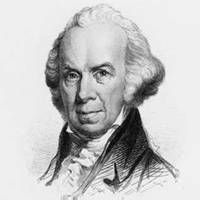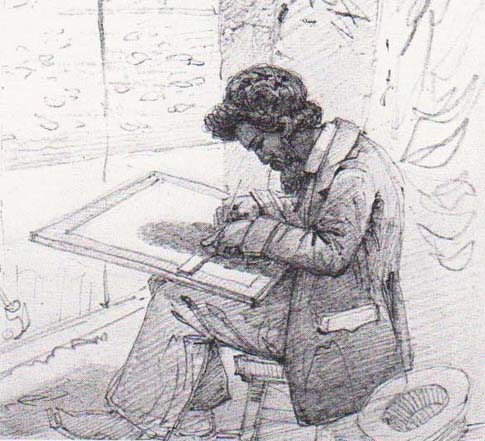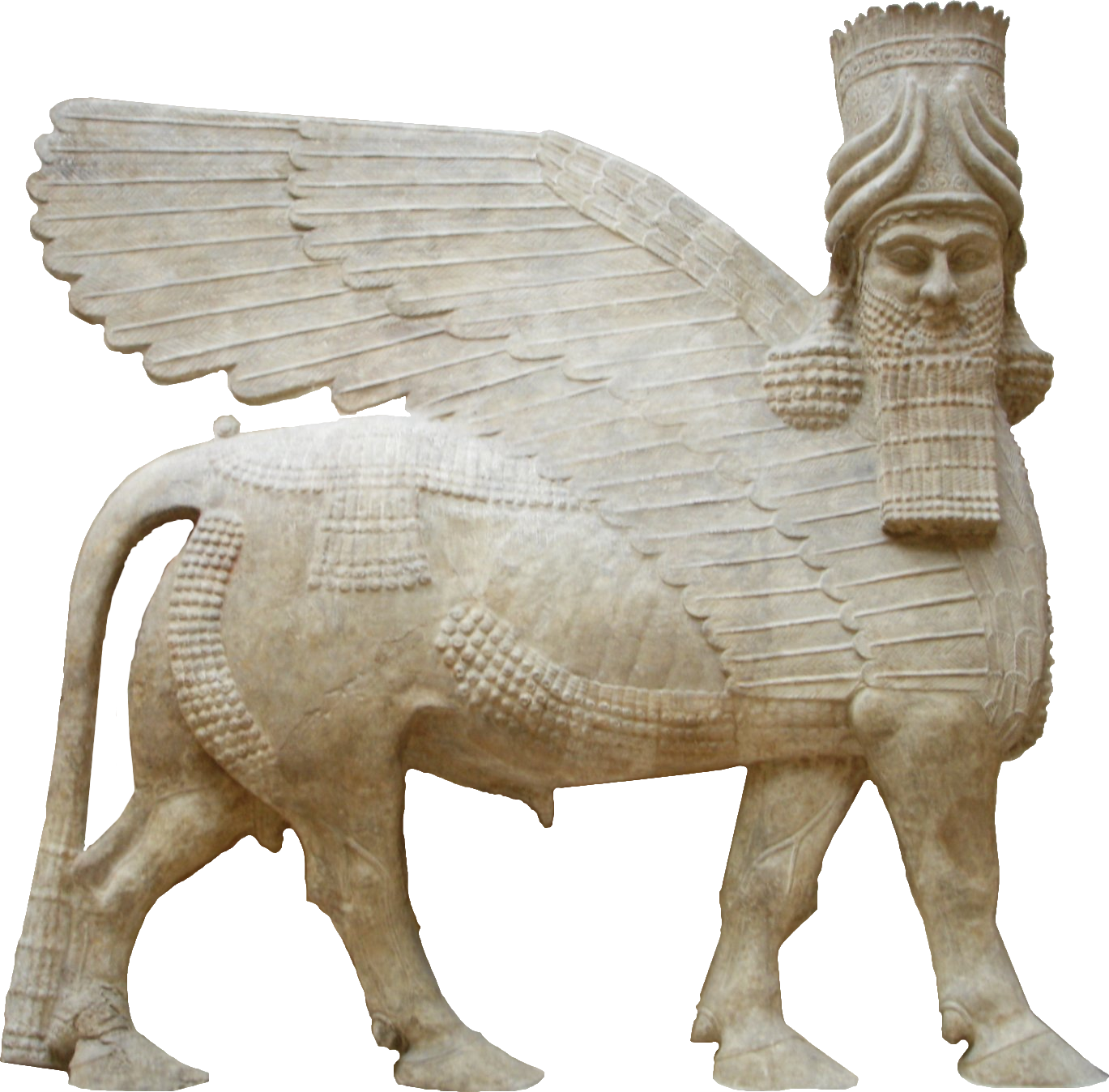|
Carlo Giuseppe Guglielmo Botta
Carlo Giuseppe Guglielmo Botta (November 6, 1766, in San Giorgio Canavese, Piedmont – August 10, 1837, in Paris) was an Italian historian. Biography He was born at San Giorgio Canavese in Piedmont. He studied medicine at the University of Turin, and obtained his doctors degree when about twenty years old. Having rendered himself obnoxious to the government during the political commotions that followed the French Revolution, he was imprisoned for over a year; and on his release in 1795 he withdrew to France, only to return to his native country as a surgeon in the French army, whose progress he followed as far as Venice. Here he joined the expedition to Corfu, from which he did not return to Italy until 1798. At first he favored French policy in Italy, contributed to the annexation of Piedmont by France in 1799, and was an admirer of Napoleon; but he afterwards changed his views, realizing the necessity for the union of all Italians and for their freedom from foreign control. This ... [...More Info...] [...Related Items...] OR: [Wikipedia] [Google] [Baidu] |
San Giorgio Canavese
San Giorgio Canavese is a town and ''comune'' in the Metropolitan City of Turin in the region of Piedmont, northern Italy. The main attraction is the castle, once a possession of the Novarese counts of Biandrate. Near San Giorgio in San Giusto there is a Pininfarina factory. The body of Giorgio di Biandrate is interred in the town's church. Economy In San Giorgio Canavese there was a Pininfarina car factory. The factory has produced several car models, including Ferrari Testarossa and Peugeot 406 Coupé. Twin towns San Giorgio Canavese is twinned with: * Campello sul Clitunno, Perugia Perugia (, , ; lat, Perusia) is the capital city of Umbria in central Italy, crossed by the River Tiber, and of the province of Perugia. The city is located about north of Rome and southeast of Florence. It covers a high hilltop and part o ..., Italy External linksOfficial website Castles in Italy {{Turin-geo-stub ... [...More Info...] [...Related Items...] OR: [Wikipedia] [Google] [Baidu] |
American Antiquarian Society
The American Antiquarian Society (AAS), located in Worcester, Massachusetts, is both a learned society and a national research library of pre-twentieth-century American history and culture. Founded in 1812, it is the oldest historical society in the United States with a national focus. Its main building, known as Antiquarian Hall, is a U.S. National Historic Landmark in recognition of this legacy. The mission of the AAS is to collect, preserve and make available for study all printed records of what is now known as the United States of America. This includes materials from the first European settlement through the year 1876. The AAS offers programs for professional scholars, pre-collegiate, undergraduate and graduate students, educators, professional artists, writers, genealogists, and the general public. The collections of the AAS contain over four million books, pamphlets, newspapers, periodicals, graphic arts materials and manuscripts. The Society is estimated to hold copies ... [...More Info...] [...Related Items...] OR: [Wikipedia] [Google] [Baidu] |
People From San Giorgio Canavese
A person ( : people) is a being that has certain capacities or attributes such as reason, morality, consciousness or self-consciousness, and being a part of a culturally established form of social relations such as kinship, ownership of property, or legal responsibility. The defining features of personhood and, consequently, what makes a person count as a person, differ widely among cultures and contexts. In addition to the question of personhood, of what makes a being count as a person to begin with, there are further questions about personal identity and self: both about what makes any particular person that particular person instead of another, and about what makes a person at one time the same person as they were or will be at another time despite any intervening changes. The plural form "people" is often used to refer to an entire nation or ethnic group (as in "a people"), and this was the original meaning of the word; it subsequently acquired its use as a plural form of per ... [...More Info...] [...Related Items...] OR: [Wikipedia] [Google] [Baidu] |
1837 Deaths
Events January–March * January 1 – The destructive Galilee earthquake causes 6,000–7,000 casualties in Ottoman Syria. * January 26 – Michigan becomes the 26th state admitted to the United States. * February – Charles Dickens's '' Oliver Twist'' begins publication in serial form in London. * February 4 – Seminoles attack Fort Foster in Florida. * February 25 – In Philadelphia, the Institute for Colored Youth (ICY) is founded, as the first institution for the higher education of black people in the United States. * March 1 – The Congregation of Holy Cross is formed in Le Mans, France, by the signing of the Fundamental Act of Union, which legally joins the Auxiliary Priests of Blessed Basil Moreau, CSC, and the Brothers of St. Joseph (founded by Jacques-François Dujarié) into one religious association. * March 4 ** Martin Van Buren is sworn in as the eighth President of the United States. ** The city of Chicago is incorporated. April–June * Apr ... [...More Info...] [...Related Items...] OR: [Wikipedia] [Google] [Baidu] |
1766 Births
Events January–March * January 1 – Charles Edward Stuart ("Bonnie Prince Charlie") becomes the new Stuart claimant to the throne of Great Britain, as King Charles III, and figurehead for Jacobitism. * January 14 – Christian VII becomes King of Denmark. * January 20 – Outside of the walls of the Thailand capital of Ayutthaya, tens of thousands of invaders from Burma (under the command of General Ne Myo Thihapate and General Maha Nawatra) are confronted by Thai defenders led by General Phya Taksin. The defenders are overwhelmed and the survivors take refuge inside Ayutthaya. The siege continues for 15 months before the Burmese attackers collapse the walls by digging tunnels and setting fire to debris. The city falls on April 9, 1767, and King Ekkathat is killed. * February 5 – An observer in Wilmington, North Carolina reports to the Edinburgh newspaper ''Caledonian Mercury'' that three ships have been seized by British men-of-war, on the ch ... [...More Info...] [...Related Items...] OR: [Wikipedia] [Google] [Baidu] |
Austen Henry Layard
Sir Austen Henry Layard (; 5 March 18175 July 1894) was an English Assyriologist, traveller, cuneiformist, art historian, draughtsman, collector, politician and diplomat. He was born to a mostly English family in Paris and largely raised in Italy. He is best known as the excavator of Nimrud and of Nineveh, where he uncovered a large proportion of the Assyrian palace reliefs known, and in 1851 the library of Ashurbanipal. Most of his finds are now in the British Museum. He made a large amount of money from his best-selling accounts of his excavations. He had a political career between 1852, when he was elected as a Member of Parliament, and 1869, holding various junior ministerial positions. He was then made ambassador to Madrid, then Constantinople, living much of the time in a palazzo he bought in Venice. During this period he built up a significant collection of paintings, which due to a legal loophole he had as a diplomat, he was able to extricate from Venice and beque ... [...More Info...] [...Related Items...] OR: [Wikipedia] [Google] [Baidu] |
Khorsabad
Dur-Sharrukin ("Fortress of Sargon"; ar, دور شروكين, Syriac: ܕܘܪ ܫܪܘ ܘܟܢ), present day Khorsabad, was the Assyrian capital in the time of Sargon II of Assyria. Khorsabad is a village in northern Iraq, 15 km northeast of Mosul. The great city was entirely built in the decade preceding 706 BC. After the unexpected death of Sargon in battle, the capital was shifted 20 km south to Nineveh. History Sargon II ruled from 722 to 705 BC. The demands for timber and other materials and craftsmen, who came from as far as coastal Phoenicia, are documented in contemporary Assyrian letters. The debts of construction workers were nullified in order to attract a sufficient labour force. The land in the environs of the town was taken under cultivation, and olive groves were planted to increase Assyria's deficient oil-production. The great city was entirely built in the decade preceding 706 BC, when the court moved to Dur-Sharrukin, although it was not ... [...More Info...] [...Related Items...] OR: [Wikipedia] [Google] [Baidu] |
Archaeologist
Archaeology or archeology is the scientific study of human activity through the recovery and analysis of material culture. The archaeological record consists of artifacts, architecture, biofacts or ecofacts, sites, and cultural landscapes. Archaeology can be considered both a social science and a branch of the humanities. It is usually considered an independent academic discipline, but may also be classified as part of anthropology (in North America – the four-field approach), history or geography. Archaeologists study human prehistory and history, from the development of the first stone tools at Lomekwi in East Africa 3.3 million years ago up until recent decades. Archaeology is distinct from palaeontology, which is the study of fossil remains. Archaeology is particularly important for learning about prehistoric societies, for which, by definition, there are no written records. Prehistory includes over 99% of the human past, from the Paleolithic until the adve ... [...More Info...] [...Related Items...] OR: [Wikipedia] [Google] [Baidu] |
Assyria
Assyria (Neo-Assyrian cuneiform: , romanized: ''māt Aššur''; syc, ܐܬܘܪ, ʾāthor) was a major ancient Mesopotamian civilization which existed as a city-state at times controlling regional territories in the indigenous lands of the Assyrians from the 21st century BC to the 14th century BC, then to a territorial state, and eventually an empire from the 14th century BC to the 7th century BC. Spanning from the early Bronze Age to the late Iron Age, modern historians typically divide ancient Assyrian history into the Early Assyrian ( 2600–2025 BC), Old Assyrian ( 2025–1364 BC), Middle Assyrian ( 1363–912 BC), Neo-Assyrian (911–609 BC) and post-imperial (609 BC– AD 630) periods, based on political events and gradual changes in language. Assur, the first Assyrian capital, was founded 2600 BC but there is no evidence yet discovered that the city was independent until the collapse of the Third Dynasty of Ur in the 21st century BC, when a line of independent kin ... [...More Info...] [...Related Items...] OR: [Wikipedia] [Google] [Baidu] |
Paul-Émile Botta
Paul-Émile Botta (6 December 1802 – 29 March 1870) was an Italian-born French scientist who served as Consul in Mosul (then in the Ottoman Empire, now in Iraq) from 1842, and who discovered the ruins of the ancient Assyrian capital of Dur-Sharrukin. Life He was born Paolo Emiliano Botta in Turin, Italy, on December 6, 1802. His father was Italian historian Carlo Giuseppe Guglielmo Botta (1766–1837). In 1822 they moved to Paris where he studied under Henri Marie Ducrotay de Blainville. Botta was selected to be naturalist on a voyage around the world. Although he had no formal medical training, he also served as the ship surgeon. The ''Heros'' under Captain Auguste Bernard Duhaut-Cilly (1790–1849) left Le Havre April 8, 1826 and sailed south through the Atlantic Ocean, stopping in Rio de Janeiro and around Cape Horn. They traveled up the coast stopping at Callao, Mexico, and Alta California. Jean Baptiste Rives (1793–1833), the former secretary of the Kingdom of Hawaii, h ... [...More Info...] [...Related Items...] OR: [Wikipedia] [Google] [Baidu] |
Gaulish
Gaulish was an ancient Celtic languages, Celtic language spoken in parts of Continental Europe before and during the period of the Roman Empire. In the narrow sense, Gaulish was the language of the Celts of Gaul (now France, Luxembourg, Belgium, most of Switzerland, Northern Italy, as well as the parts of the Netherlands and Germany on the west bank of the Rhine). In a wider sense, it also comprises varieties of Celtic that were spoken across much of central Europe ("Noric language, Noric"), parts of the Balkans, and Anatolia ("Galatian language, Galatian"), which are thought to have been closely related. The more divergent Lepontic language, Lepontic of Northern Italy has also sometimes been subsumed under Gaulish. Together with Lepontic and the Celtiberian language, Celtiberian spoken in the Iberian Peninsula, Gaulish helps form the geographic group of Continental Celtic languages. The precise linguistic relationships among them, as well as between them and the modern Insular ... [...More Info...] [...Related Items...] OR: [Wikipedia] [Google] [Baidu] |
Francesco Guicciardini
Francesco Guicciardini (; 6 March 1483 – 22 May 1540) was an Italian historian and statesman. A friend and critic of Niccolò Machiavelli, he is considered one of the major political writers of the Italian Renaissance. In his masterpiece, ''The History of Italy'', Guicciardini paved the way for a new style in historiography with his use of government sources to support arguments and the realistic analysis of the people and events of his time. Biography Early life Francesco Guicciardini was born on 6 March 1483 in the Italian city of Florence, which was part of the Florentine Republic. He was the third of 11 children of Piero di Iacopo Guicciardini and Simona di Bongianni Gianfigliazzi. The Guicciardini were well-established members of the Florentine oligarchy as well as supporters of the Medici family. Influential in Florentine politics, Guicciardini's ancestors had held the highest posts of honour in the state for many generations, as may be seen in his own genealogical ''Ri ... [...More Info...] [...Related Items...] OR: [Wikipedia] [Google] [Baidu] |


_1938.jpg)




.jpg)


